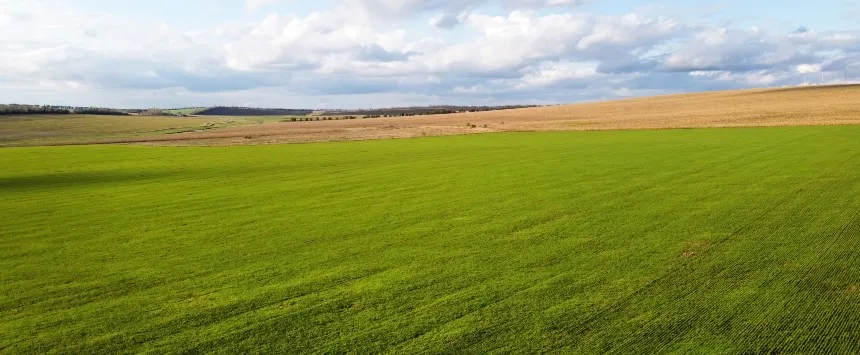Reseeding is carried out all over the country for various reasons. Unfortunately, over a period of time, grass plants will lose their performance. Reseeding grassland will improve both the quantity and quality of grass which in return will have a positive effect in all other areas including; reducing the amount of fertiliser required, stocking rates increasing and overall, have a positive effect on the lands profit.
Altough reseeding can be done either in Spring or Autumn- farmers tend to wait until the Autumn to reseed as there is less pressure on grass availability. It is important to reseed at the correct time - typically anytime between August to early September (weather depending). If reseeding is carried out too late in September you run the risk of poor germination due to falling soil temperatures and poorer soil conditions. In addition to soil conditions, leaving it too late in the autumn also means that you will have less oppertunity to graze before the winter.
Top Tips for Reseeding:
Drainage
Drainage issues will need to be addressed before any reseeding takes place. Drains should be checked and cleaned out and shores put in place where required.
Soil Sample
Ensure you have an up to date soil sample- working without this is similar to working in the dark. If you are ploughing the field it is important to take the sample after you have ploughed and not before as the ploughing will alter the results. Consulting with your agricultural advisor about lime and fertiliser requirements to enhance the reseed is one of the most important steps to ensuring a good outcome.
Spraying of the field
Allowing adequate time for glyphosate spray such as clearall to work, will ensure that the spray works effectively, killing the established docks and allowing it time to get down to the roots. The adequate time varies depending if you choose to plough, typically 10 days is recommended and up on two to three weeks if you choose to disk or power harrow.
Adequate Seeding Rate
Once the seedbed has been prepared and is fine and firm, the next stage is to select your seed mix. To ensure best return on investment, choose an appropraite seed mix as per the Pasture Profit Index (PPI). it is important to not skimp when it comes to spreading the seed. Using the recommended spreading rate per chosen seed is important to allow an even growth and dense sward.
Post Spraying
If clover is present in your new sward- ensure a clover friendly spray is chosen; one option may be Proclova. Weeds are best controlled when grass is at a 2-3 leaf stage. Ensure you use the spray accordingly as per the recommended use.
Pests
Monitoring for pests is more associated with an Autumn reseed than the Springtime. Monitoring should be done on a weekly basis to prevent pest attacks including slugs, leatherjackets and so on.



